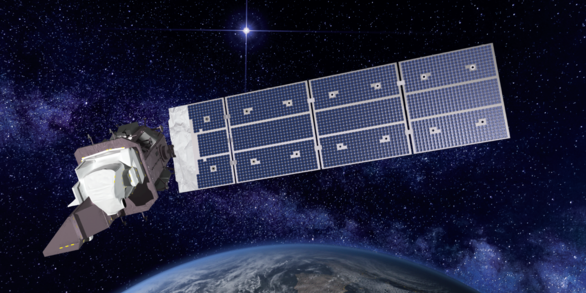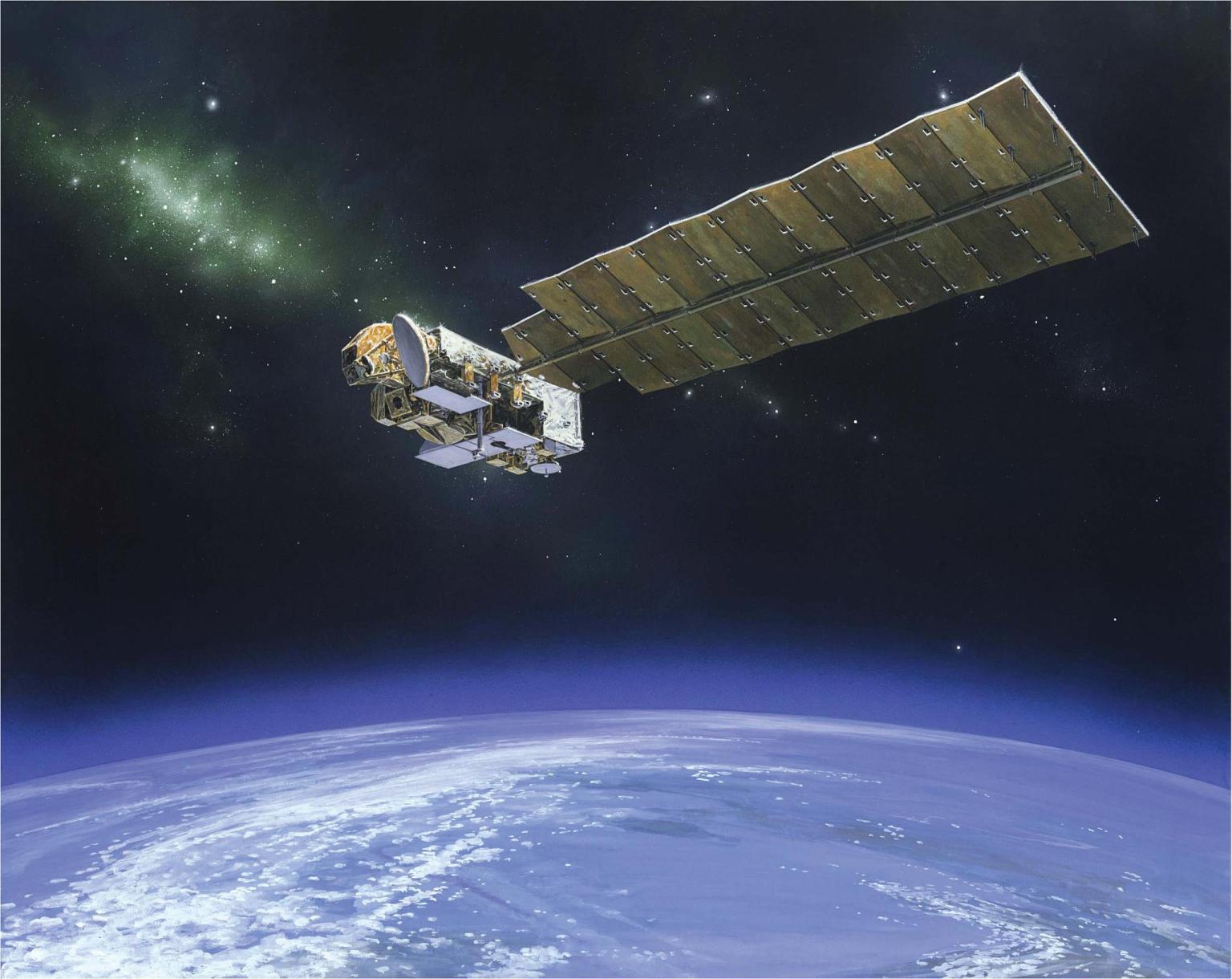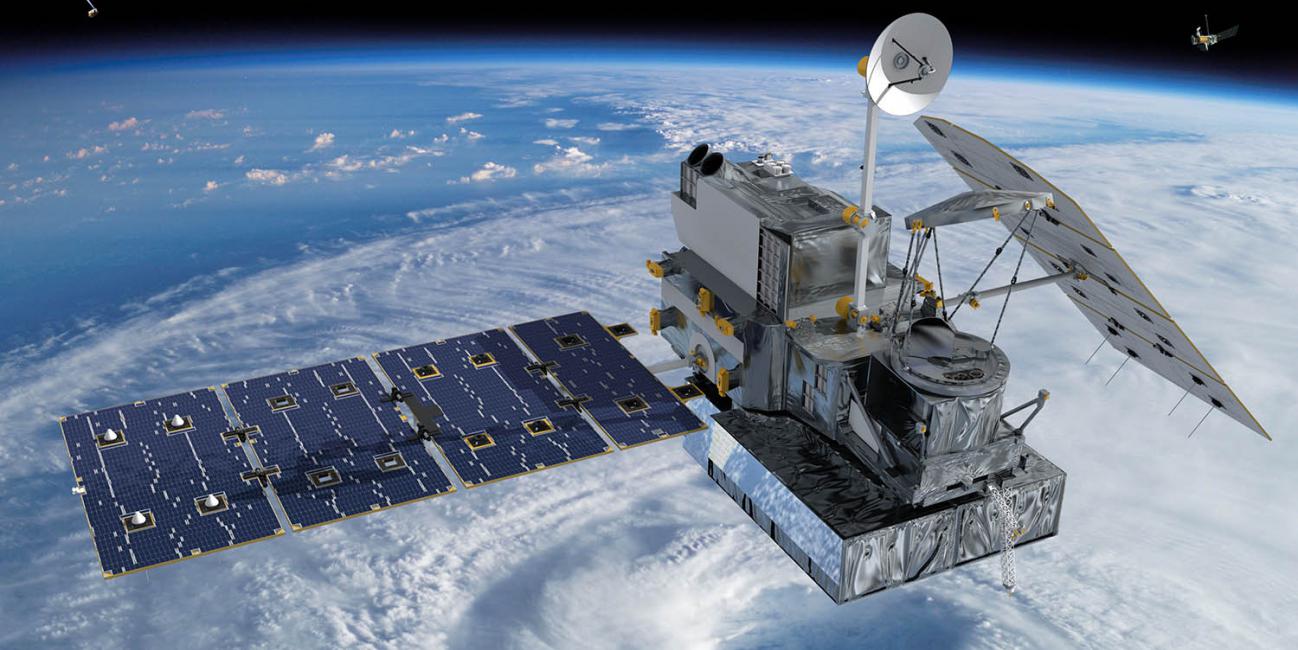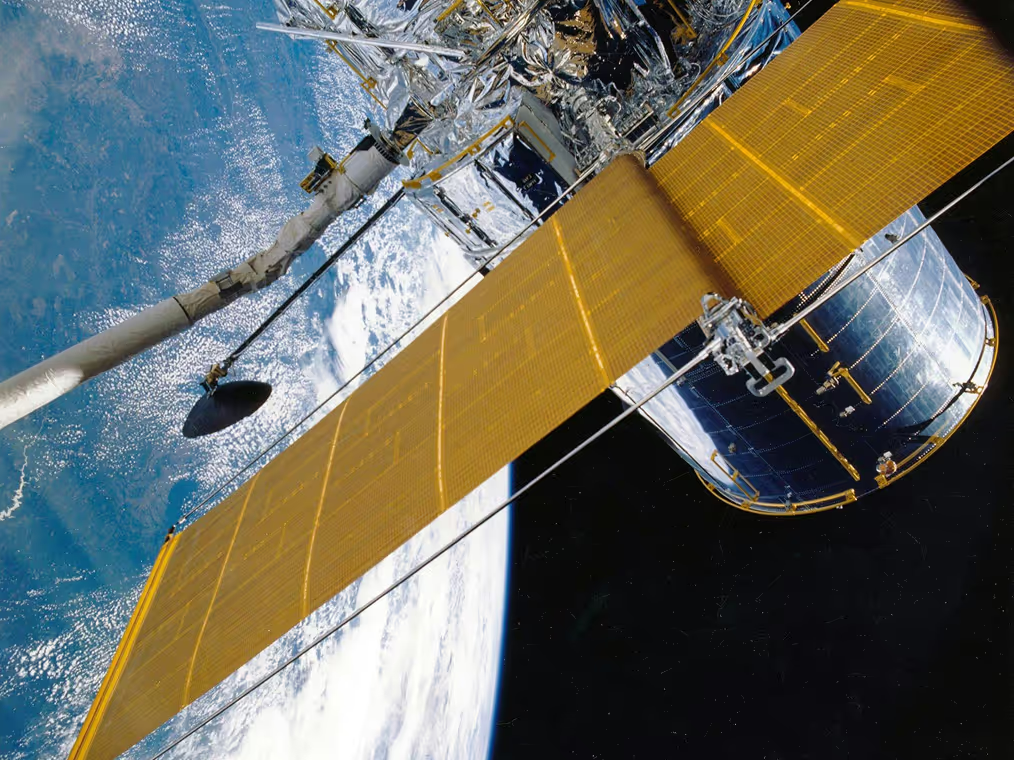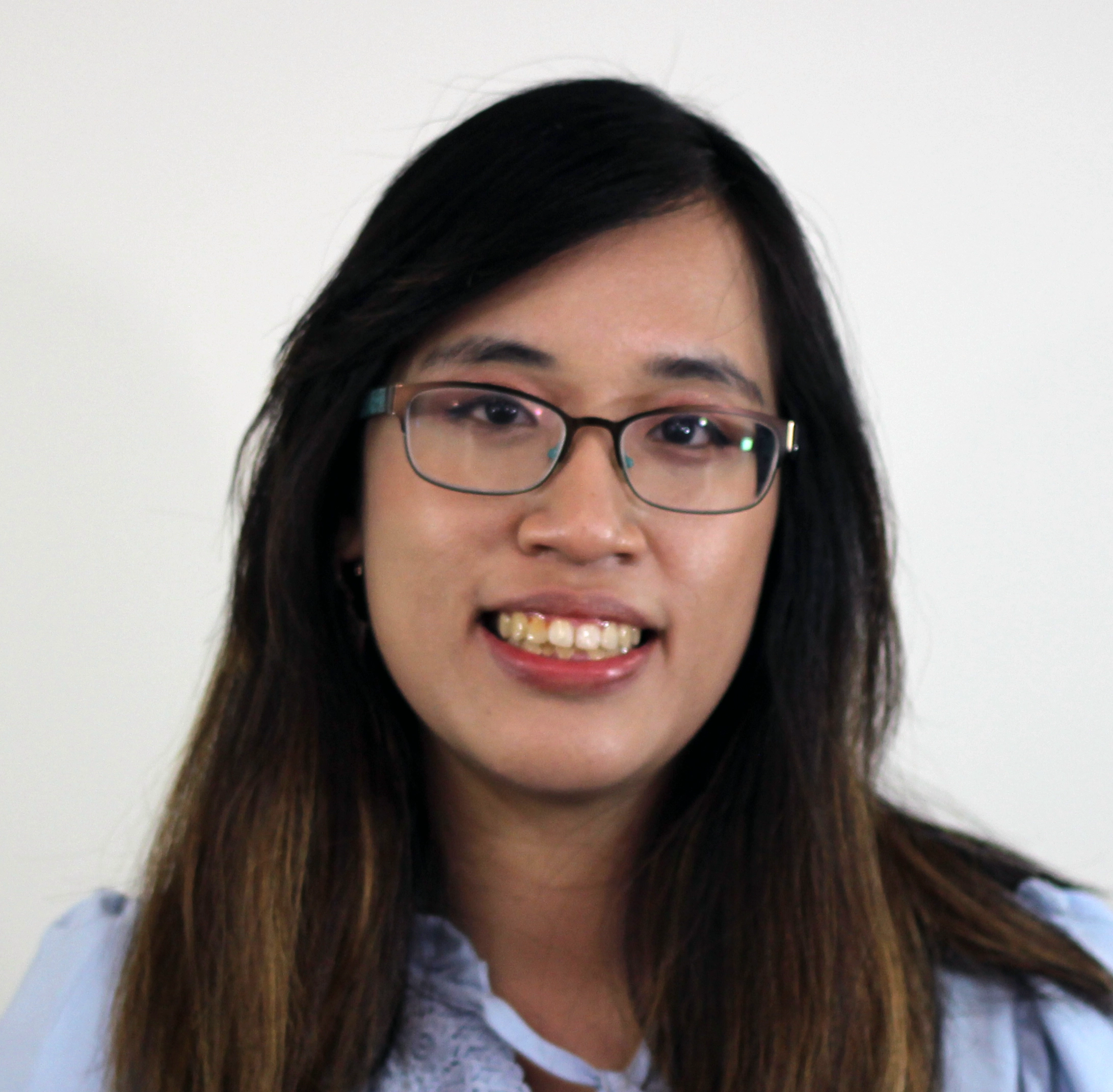Mission Operations
Cross-functionally building the hardware and software systems for advance aerospace control.
What We Do
Our highly experienced Flight Dynamics and Mission Operations Engineers are experts at full lifecycle spacecraft operations supporting complex programs for NASA, the military, and other government agencies.
Our areas of expertise include Pre-Mission Support, Flight Dynamics and Conjunction Assessment, Orbital Mechanics, Ascent Trajectories, Rendezvous Proximity Operations, Flight Operations, Ground Systems Engineering, and all aspects of Spacecraft Subsystem Engineering.
Our engineers have been an integral part of pre-launch to on-orbit operations across NASA and other government agencies, developing CONOPS, testing Simulators, conducting Readiness Testing, supporting Lights Out Operations, and developing Automation.
Our multidisciplinary experience and multifunctional approach have gained award worthy recognition from our customers, including NASA and NOAA, for high fidelity operations support across missions.
Our engineers have been an integral part of pre-launch to on-orbit operations across NASA and other government agencies, developing CONOPS, testing Simulators, conducting Readiness Testing, supporting Lights Out Operations, and developing Automation.
Our multidisciplinary experience and multifunctional approach have gained award worthy recognition from our customers, including NASA and NOAA, for high fidelity operations support across missions.

Our Recent Projects
Click on each project below to learn more about what we did to drive it to success.

EOS - Aqua, Aura, Terra
NASA's Earth Observing System (EOS) is comprised of several low inclination, polar-orbiting satellites. This system of satellites provide long-term global study of Earth's land, atmosphere and oceans which gives scientists and researchers a deeper understanding of Earth as an integrated system.
Relative Dynamics provides real time satelitte operations, and subsystem engineering support for all spacecraft subsystems including Flight Software, GNC, EPS/TCS.
The Aqua satellite is tasked with providing a 6-year time-lapse of the planet and its processes with a focus on precipitation, atmospheric temperature and humidity profiles and radiative balance.
Relative Dynamics provides real time satelitte operations, and subsystem engineering support for all spacecraft subsystems including Flight Software, GNC, EPS/TCS.
The Aqua satellite is tasked with providing a 6-year time-lapse of the planet and its processes with a focus on precipitation, atmospheric temperature and humidity profiles and radiative balance.

USGS - LandSat
The US Geological Survey LandSat program allow scientists to use high-level data and imaging to better document changes to the terrestrial environment of Earth.
Relative Dynamics provides spacecraft systems expertise & ground systems development for this program.
Since 1972, this program has been cataloging images of Earth's surface and provide uninterrupted data that have not only helped scientists, but also policymakers to make informed decisions about Earth's resources and our environment.
Relative Dynamics provides spacecraft systems expertise & ground systems development for this program.
Since 1972, this program has been cataloging images of Earth's surface and provide uninterrupted data that have not only helped scientists, but also policymakers to make informed decisions about Earth's resources and our environment.
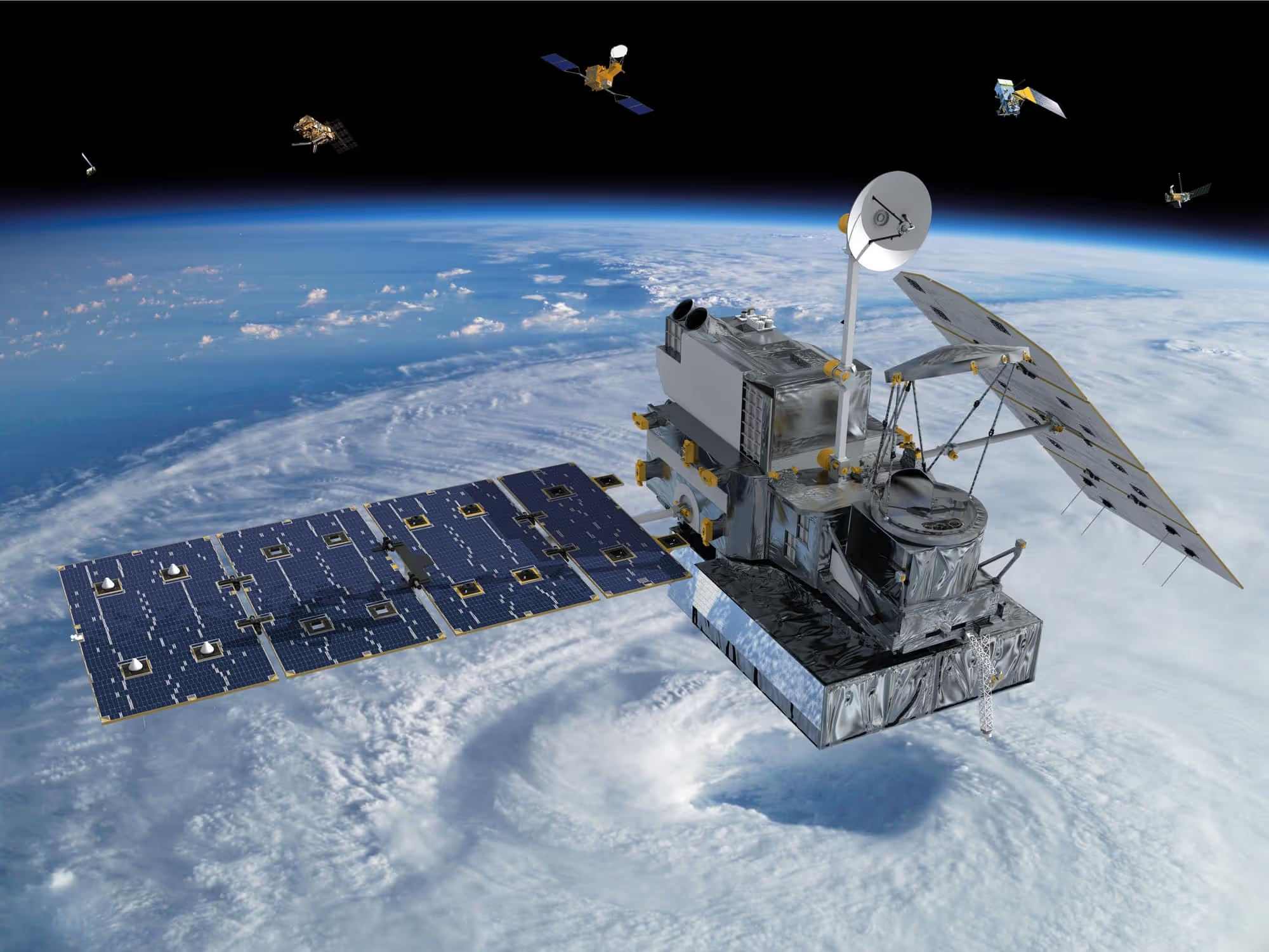
GPM - Flight Dynamics
The Global Precipitation Measurement (GPM) is an international satellite mission that is documenting and observing global precipitation every three hours. GPM was launched as a collaboration between NASA and the Japanese Aerospace Exploration Agency (JAXA) in 2014, setting the new standard for precipitation measurement from space.
The GPM mission improves the forecasting of extreme events that cause natural disasters by advancing our planet's water and energy cycles.
Relative Dynamics has the privilege of leading the Flight Dynamics group and providing expertise on CARA and Collision Avoidance systems.
The GPM mission improves the forecasting of extreme events that cause natural disasters by advancing our planet's water and energy cycles.
Relative Dynamics has the privilege of leading the Flight Dynamics group and providing expertise on CARA and Collision Avoidance systems.

